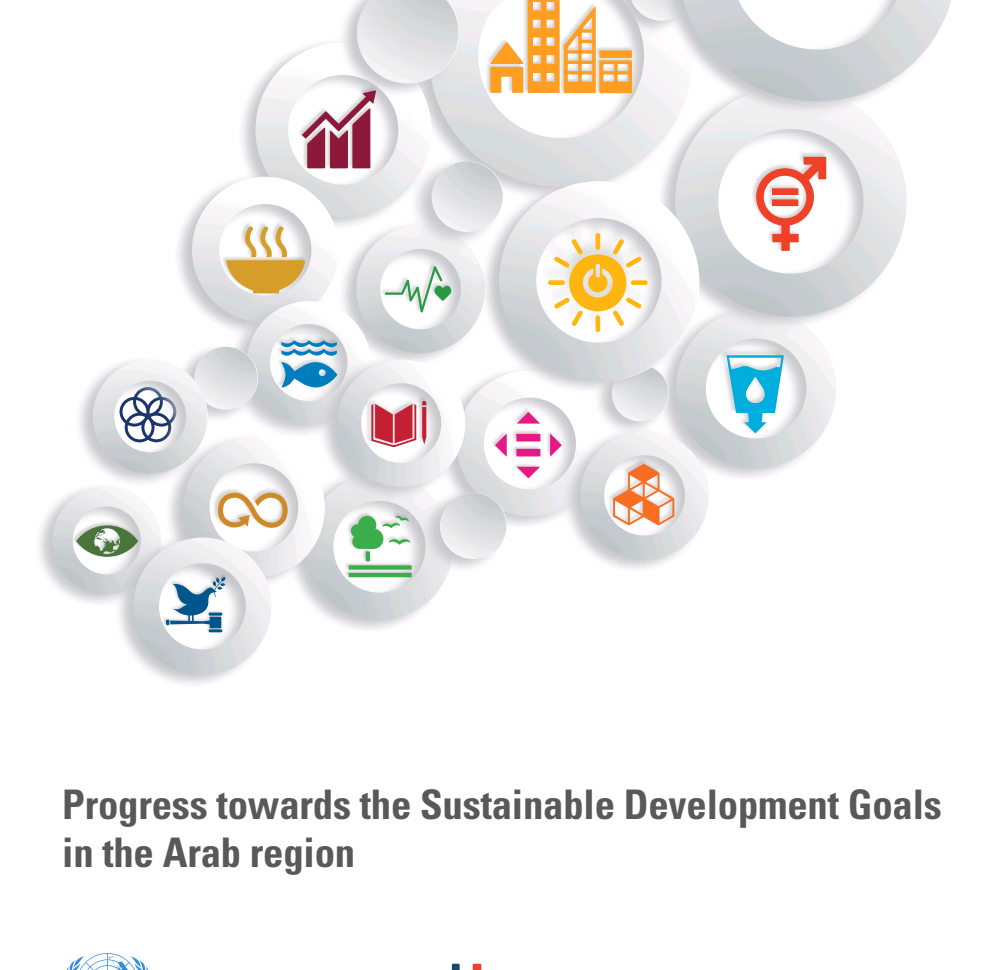
C3S: July 22 hottest day in recent history
July 22 was the hottest day on earth in recent history, according to the Copernicus ...

The United Nations Economic and Social Commission for Western Asia (ESCWA) said climate finance to Arab region went mainly to Egypt, Iraq, and Morocco.
A recent ESCWA report – under the title of “Progress towards the Sustainable Development Goals in the Arab region” – highlighted weak public international climate finance commitments to the Arab region over the past decade, noting that climate finance to the Arab region fell short of $570 bn until 2030.
The report said Arab States received only a total of $34 billion over the period 2010-2020.
As for bridging the SDG financing gap, the report said $4.3 trillion is needed per year for developing countries to achieve SDGs by 2030, with $660 billion per year needed by 12 Arab countries to achieve selected SDGs by 2030.
The report noted that more than 3 % of the GDP of Egypt, Lebanon and Yemen is the cost of environmental pollution.
The report added that 570,000 tons of plastic are thrown into the Mediterranean every year, which are equivalent to 33,800 plastic bottles per minute.

As for the progress of Arab countries towards the 2023 threshold level and the 2030 target, the report said that Egypt is on track for achieving SDG3 on health and wellbeing and SDG 6 on clean water and sanitation.
The report added that Egypt is in progress with regard to nine goals of the 17 SDGs, including SDG1 on No Poverty, SDG 2 on Zero Hunger, SDG4 on Quality Education, SDG7 on Affordable and Clean Energy, SDG8 on Decent Work and Economic Growth, SDG9 on Industry, Innovation and Infrastructure, SDG 11 on Sustainable Cities and Communities, SDG 15on Life on Land, and SDG17on Partnerships for the goals.
The 2024 report on “Progress towards the Sustainable Development Goals in the Arab region” measures the region’s performance in implementing the 17 Goals. It highlights the importance of data availability and its impact on planning processes, and provides concise information on subregional and national progress, highlighting the forerunners of countries in each Goal.
The report presents where the region stands now, as per measurable targets and indicators, celebrating achievements and identifying challenges and setbacks. According to the latest available data and estimates, the 2030 Agenda’s implementation would require concrete actions at national, regional and global levels to meet the 2030 targets. The report also presents an overview by Goal through infographics designed to reflect key messages on the region’s progress.
July 22 was the hottest day on earth in recent history, according to the Copernicus ...
Google has engaged in partnership with DHL to utilize the DHL Express GoGreen Plus service ...
Mars has announced registering a record 8% greenhouse gas (GHG) emissions reduction against its 2015 ...


اترك تعليقا